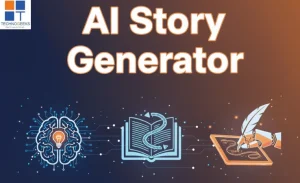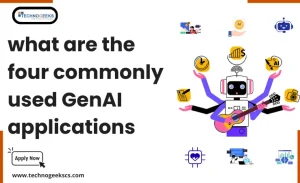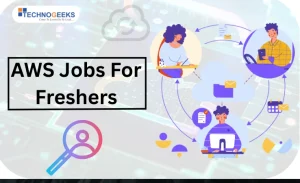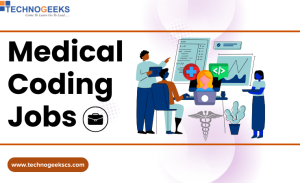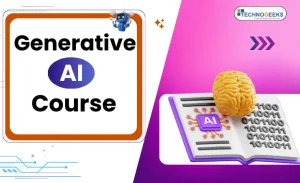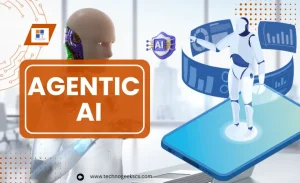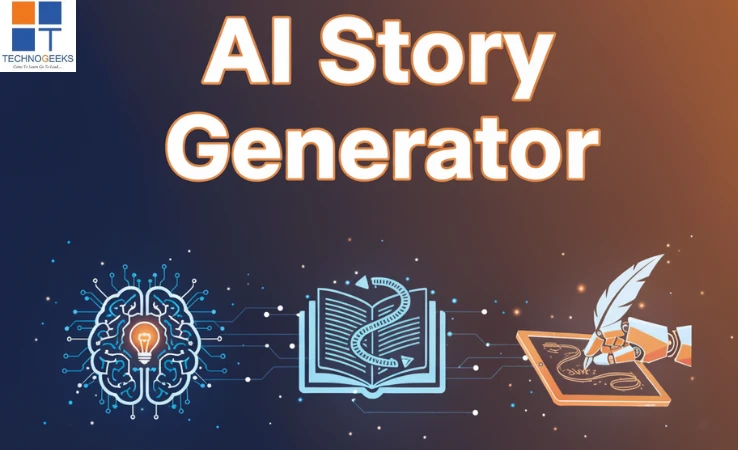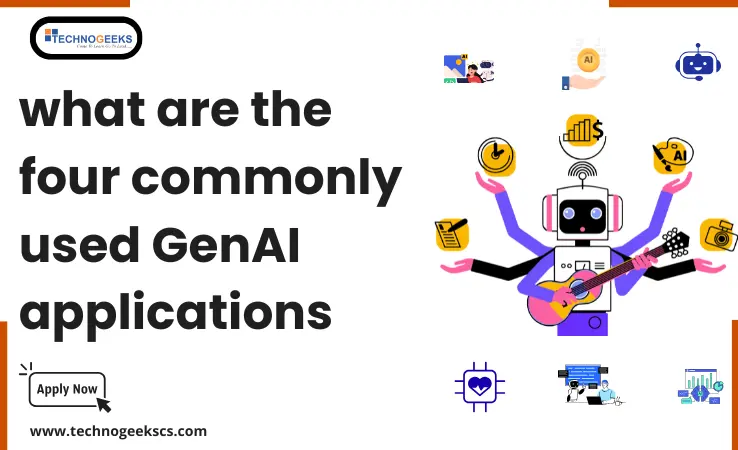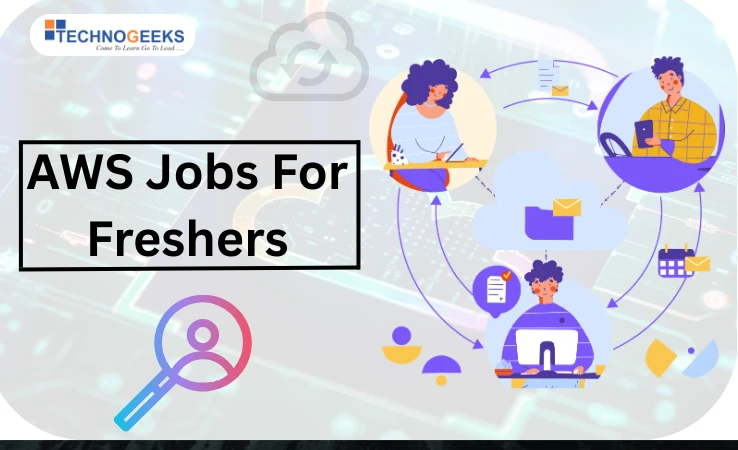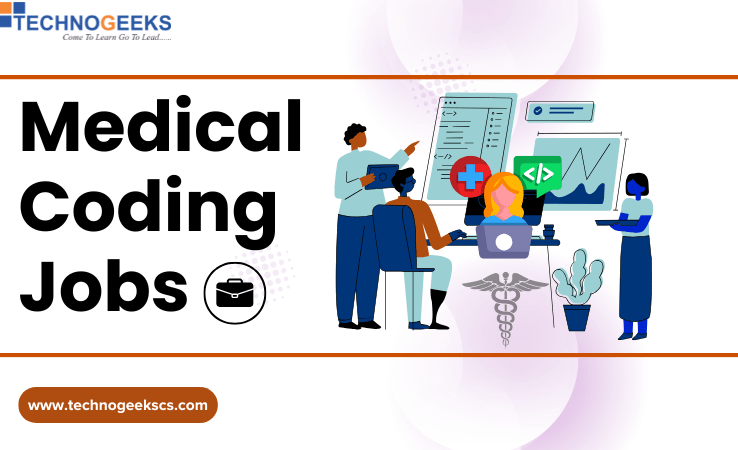Table of Contents
ToggleHow Long Does it Take to Learn Python?
Python is a widely-used general-purpose programming language with a simple syntax, making it accessible for beginners and popular among developers. It is consistently ranked highly among different programming language popularity indices, such as the TIOBE Index.
Learning Python can be an incredibly rewarding experience, both professionally and academically. It is a powerful, versatile and popular programming language used by many software developers and data scientists worldwide.
It is important for those new to programming to understand Python programming fundamentals before diving deep. With dedication and the right resources, anyone can become proficient in Python programming and use it to create powerful software applications.
Is learning Python easy?
Learning Python can be similar to learning any new speaking language. It takes time and practice to create mastery in it. The best way to learn Python is to start writing programs while learning the theory. You don’t need to know all the syntax before you begin; just get started and keep going.
Learning Basic Python syntax is easy!
Learning basic Python syntax is as easy as learning the English language.
Python is a user-friendly language known for its simple and easy-to-understand syntax. You don’t need special skills or prior experience in programming to start learning Python. Because of easy-to-follow syntax, Python coding is faster and easier compared to other languages. So it’s easy to learn Python syntax, but it can take weeks to months to become a skilled programmer in Python.
Learning Python advance tracks
The amount of time it takes to learn advanced Python tracks can vary based on factors such as your prior experience with programming, how much time you dedicate to learning, and your specific goals. On average, it can take anywhere from one to three months to learn basic Python programming but to become proficient in a specific domain such as data science, machine learning, or web development. It can take several months or even a year or more of dedicated study and practice. The most important thing is to set achievable goals and consistently work towards them.
Vast extensive ecosystem
Python’s rich ecosystem of libraries, frameworks, and extensions is a key factor in its widespread popularity and use in different industries. These tools allow quick and efficient problem-solving, making it convenient and the go-to programming language for developers and non-developers.
What is Python?
Python is a powerful, versatile, general-purpose, multi-paradigm high-level programming language used by thousands of developers, automation experts, and non-programmers to automate repetitive tasks with small programs known as scripts.
Following are the different features that define Python language,
Interpreted language:
It means that its code is executed line by line by an interpreter rather than being compiled into machine code beforehand. It makes the development and testing process faster, as there’s no need to recompile the code after every change.
Dynamically Typed:
In Python, you don’t have to declare the variable type while coding. The type of a variable is determined automatically based on the value you assign to it, and you can even reassign that value to a different type later on. This feature adds great flexibility to the code written in Python but simultaneously makes it harder to detect type errors in code by the interpreter.
Object-Oriented Programming:
Python supports OOPs programming paradigm. It supports Oops concepts like inheritance, encapsulation, and polymorphism & more.
Data structures:
Python provides data structures like lists, dictionaries, and tuples, which make it easier to manipulate and process data. Python’s syntax and constructs are designed to be simple, readable, and user-friendly. It makes Python beginner friendly while learning. Efficient for experienced developers to write complex programs quickly and efficiently.
Extensible:
Python is highly extensible and can be integrated with other programming languages, such as C and C++, through a Foreign Function Interface (FFI) mechanism. It allows developers to use existing libraries or to write performance-critical code in a lower-level language and then call it from Python. It leads to a balanced approach for optimization and ease of use. Overall this feature adds versatility and flexibility to Python code for different applications and cases.
Cross-platform & open source:
Python is a cross-platform and open-source programming language. It can run on different operating systems, such as Windows, Linux, and macOS. Its source code is freely available for anyone to use, modify, and distribute. These features make Python very easy to install & use for users & at the same time, versatile for developers.
What is the Learning Curve for Python?
The learning curve for Python can be divided into the following stages:
- Basic Syntax: Understanding the basic syntax of the language, including variables, data types, operators, and control structures.
- Functions and Modules: Understanding how to define and call functions and import and use modules.
- Object-Oriented Programming: Understanding OOP concepts such as classes, objects, inheritance, and polymorphism.
- Advanced Features: Learning about advanced features such as decorators, generators, and error handling.
- Python Libraries: Becoming familiar with commonly used Python libraries, such as NumPy, Pandas, Matplotlib, and scikit-learn.
- Real-world Applications: Applying Python to real-world problems and projects, such as web development, data analysis, and machine learning.
The learning curve for Python is generally gentle and gradual due to its easy-to-read syntax, large community, and rich ecosystem of libraries. However, the exact shape of the learning curve will depend on a number of factors, such as prior programming experience, motivation, and the specific tasks and projects being tackled.
The Different Levels of Python Knowledge
When it comes to Python, there are many different levels of knowledge. For those just starting, the basics of the language can be learned quickly and easily.
Following are the different levels of Python knowledge that you can consider to create your learning strategy,
Beginner Level
At the beginner level in Python, you should aim to gain a solid understanding of the following concepts:
- Basic syntax: variables, data types, operators, control structures (if/else statements, loops)
- Functions: defining and calling functions, passing arguments and returning values.
- Basic data structures: lists, dictionaries, tuples
- Input/output operations: reading from and writing to the console or files
- Basic modules: importing and using pre-built modules, such as the math and random modules.
By mastering these basics, you’ll be able to write simple programs, automate repetitive tasks, and solve small-scale problems using Python. Additionally, it would help if you become comfortable with debugging and testing your code and using online resources, such as the official Python documentation and Stack Overflow, to resolve problems.
Intermediate Level
At the intermediate level of Python, you should aim to gain a deeper understanding of the following concepts:
- Object-Oriented Programming: classes, objects, inheritance, and polymorphism.
- Advanced data structures: sets, queues, stacks, linked lists
- File I/O: reading from and writing to files, serializing and deserializing data.
- Error handling: try/except blocks, raising and catching exceptions.
- Regular expressions: pattern matching and text processing.
- Advanced modules: Using and creating custom modules and working with libraries such as NumPy, Pandas, and Matplotlib.
By mastering the above intermediate-level concepts, you’ll be able to write complex programs, handle large amounts of data, and tackle more challenging problems using Python. Additionally, it would help if you aimed to develop good coding practices, such as writing clean and modular code, using version control, and adhering to coding standards and best practices.
Advanced Level
At the advanced level of Python, you should aim to gain expertise in the following concepts:
- Concurrency and parallelism: Threading, multiprocessing, asynchronous programming.
- Decorators and metaclasses: Enhancing and modifying the behaviour of functions and classes.
- Context managers: Creating and using context managers for resource management.
- Advanced libraries: Using and contributing to libraries such as TensorFlow, PyTorch, and Django.
- Network programming: Building networked applications and working with HTTP, FTP, and SMTP protocols.
- Data visualization and analysis: using libraries such as Matplotlib, Seaborn, and Plotly to visualize and analyze data.
- Web development: Building web applications with frameworks such as Flask and Django.
- By mastering these advanced concepts, you’ll be able to write highly optimized and scalable software and tackle complex problems in fields such as data science, machine learning, and web development. Additionally, it would help if you aimed to stay up-to-date with the latest developments in the Python ecosystem and contribute to open-source projects to give back to the community.
Expert Level
At the expert level of Python, you should aim to gain a deep understanding of the inner workings of the language and be able to use this knowledge to write highly optimized, scalable, and maintainable code. Key concepts at this level include:
- Python internals: Understanding the CPython interpreter, the memory management model, and the object model.
- C Extensions: Writing Python extensions in C for maximum performance.
- Distributed computing: Building and deploying distributed systems using MPI, Dask, and Celery technologies.
- Database integration: Interacting with relational databases, such as MySQL and PostgreSQL, and NoSQL databases, such as MongoDB and Cassandra.
- Code optimization and profiling: Identifying and addressing performance bottlenecks using tools such as cProfile and line_profiler.
- Software architecture and design patterns: Applying best practices in software architecture and design to write maintainable, scalable, and flexible code.
- Contributing to open-source projects: Contributing to the Python ecosystem by fixing bugs, adding features, and writing documentation.
- By mastering these expert-level concepts, you’ll be able to write highly performant and scalable software and actively contribute to the Python community. Additionally, it would help if you aimed to stay up-to-date with the latest developments in the language and the ecosystem and continuously improve your skills through ongoing learning and practice.
These levels are sketches of a roadmap to help you assess your knowledge and determine what you need to focus on to continue growing as a Python developer. Everyone’s learning journey is unique, and you may find that you have strengths in some areas and weaknesses in others. The important thing is to identify your strengths and weaknesses. Set achievable goals for yourself and continuously work on building your skills. Additionally, don’t be afraid to reach out to others for help, whether through online forums, local meetups, or mentorship programs. Python has a vibrant and supportive community, and there are always opportunities to learn and grow.
What Are The Best Ways to Learn Python?
Python is a powerful and popular programming language, and learning it is incredibly valuable skill for anyone looking to get into coding. But how do you go about mastering Python? What are the best ways to learn Python?
All your questions answered following,
1. Online courses
If you prefer a more hands-on approach, plenty of online courses can teach you Python.
Enrolling in an online course and starting learning is a great way to do this. These courses help you develop a basic understanding of the language and its syntax.
These courses usually provide a structured learning experience with videos, quizzes, and assignments. Once you learn Python basics, you can start exploring more complicated topics, such as data structures, object-oriented programming & more.
2. Books
Books are a great resource and reference for beginners and experienced. They provide in-depth coverage of Python language, its features, practical examples, and exercises to reinforce the concepts.
Some popular books for learning Python include
- Python for Data Science Handbook
- Fluent Python
- Learning Python
- Python Crash Course
- Automate the Boring Stuff with Python
3. Practice projects
Practicing by building small projects can help you gain hands-on experience and strengthen the understanding of the concepts learned. It also allows you to apply the knowledge you have learned in a practical setting and helps to identify areas needed to improve. This approach is particularly helpful for those who have a clear idea of what they want to build, as it allows you to focus on specific skills and knowledge.
Additionally, building projects can also help you develop a portfolio that showcases your Python skills to potential employers or clients.
4. Pair programming
Pair programming involves working with a partner to learn and complete projects. It is a great way to learn from others, get feedback, and stay motivated. You can pair up with a friend or find a partner through online communities such as GitHub or Stack Overflow.
Another great way to find a co-learner is to join an online or in-person coding group or Bootcamp. They provide feedback on codes and projects and learn from the mistakes of other coders.
5. Community involvement
Being a part of a Python community can help you stay informed on new developments and updates in Python language. You can learn and grow as a Python developer by participating in various activities in the community. The activities can include online forums, open-source projects contribution, local meetups, and coding challenges. Connect with and learn from other talented and experienced developers in the community. These communities also create opportunities to collaborate with other programmers’ projects and initiatives.
Finally, daily coding can help you create a habit and provide practice and progress-tracking opportunities. It also exposes one to different coding styles and techniques, enhancing their overall coding abilities.
Checkout our Python courses for different Python roadmaps
OR call us for career counseling on 8600998107/7028710777




